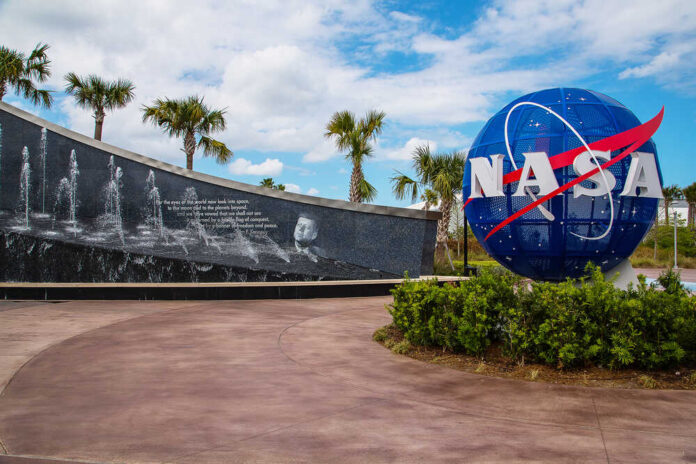Last month, NASA announced on its blog that the Russian Cosmos 2221 satellite and NASA’s Thermosphere Ionosphere Mesosphere Energetics and Dynamics Mission (TIMED) craft were approaching a near-miss. The DOD claimed to be keeping tabs on this phenomenon.
The U.S. space agency said that it kept tabs on developments with the Department of Defense and that, while the spacecraft are likely to miss one another, a collision may result in massive debris. The statement omitted any mention of the spacecraft’s proximity to one another.
The Defense Department later verified that at around 1:34 a.m. EST on Feb. 28, NASA’s spacecraft and the Russian satellite successfully passed each other in orbit.
NASA noted they are slowly drifting away, although that was their closest position in the presently expected orbit determinations. The two non-maneuvrable satellites will likely come near each other again.
The ionosphere, mesosphere, and lower thermosphere are the least studied and understood parts of Earth’s atmosphere. The TIMED project is an effort by NASA to research these areas and how the Sun affects them. This area is the first depositor of solar energy into Earth’s atmosphere and serves as a conduit between Earth and space.
According to NASA, to distinguish the effects of the Sun on the atmosphere from those of other sources, the TIMED spacecraft has been gathering valuable data during a complete solar cycle since its launch in 2001 and has continued to do so for almost 20 years. It has greatly aided our comprehension of the ever-changing relationship between the Sun, Earth’s upper atmosphere, and the space environment around Earth.
Environmental implications on applications like communications, aeronautics, and debris monitoring may be better-predicted thanks to the mission.
The over 14 terabytes of data produced by TIMED during its mission have inspired a plethora of scholarly articles and dissertations. Scientists have been able to track both short-term shifts and longer-term patterns in the upper atmosphere of Earth.
The results of TIMED, which focused on the upper atmosphere, laid the groundwork for missions that followed, such as ICON and GOLD.














